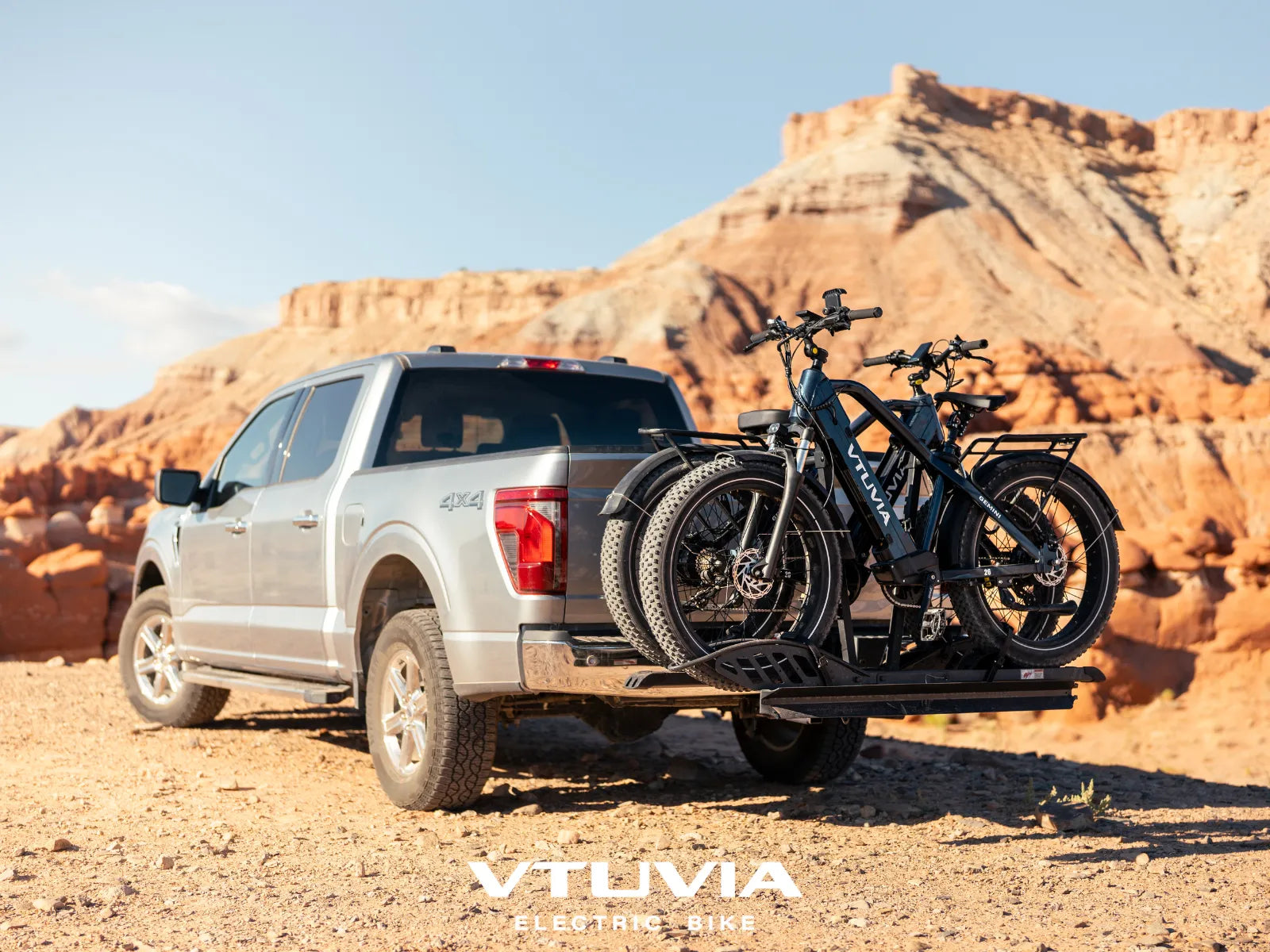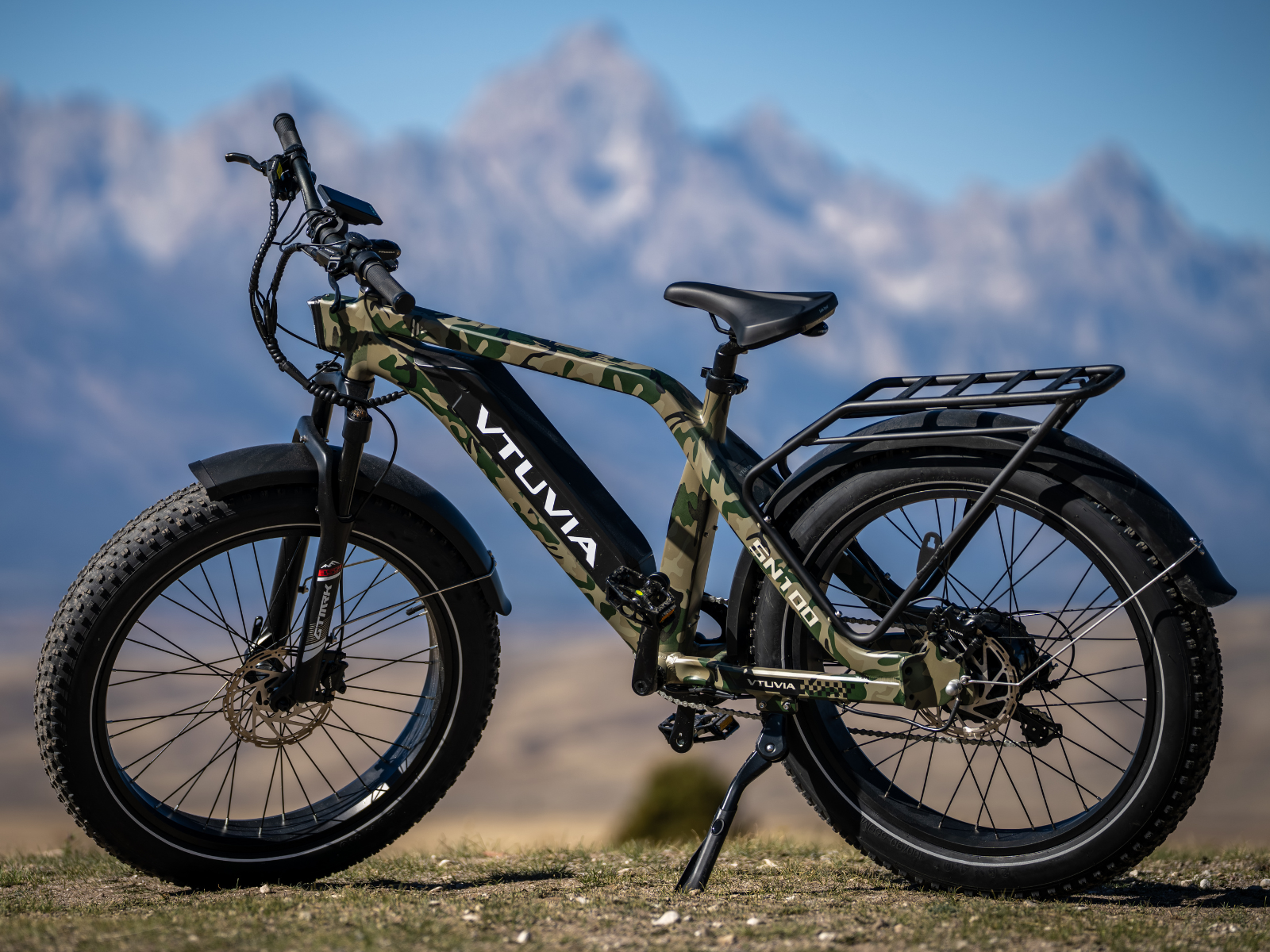The Ultimate Guide to E-Bike Batteries & Charging
Introduction
This guide explains how e-bike batteries work, how to charge them safely and efficiently, how long charging takes, and how to extend battery life. It’s written for commuters, recreational riders, and fleet managers who want clear, actionable advice.
Battery Basics — Key Terms & Why They Matter
- Wh (Watt-hours) — energy stored; directly relates to range.
- V (Voltage) — system voltage (e.g., 36V, 48V).
- Ah (Amp-hours) — capacity; Wh = V × Ah.
- BMS — Battery Management System; protects cells and controls charging.
- DoD (Depth of Discharge) — how much of the battery is used each cycle.
Tip: A 500 Wh battery will generally deliver more range than a 360 Wh battery, but weight and motor demand also matter.
Charger Types & How Charging Works
Charger specs to check
- Voltage (V) must match battery nominal voltage.
- Current (A) — higher amps = faster charge (but more heat).
- Power (W) = V × A — tells you raw charging capacity.
Charging algorithm — CC → CV
Most Li-ion chargers use Constant Current (CC) until a cutoff, then Constant Voltage (CV) to top off. The final 10–20% charges slowly during CV, so full charge time is longer than a simple division might predict.
Adaptive charging & smart BMS
Modern chargers and BMS systems can adapt current based on cell temperature, state-of-charge, and cell balance to protect longevity. These smart systems reduce risk and help cells age more slowly.
How Long Does an E-Bike Battery Take to Charge?
Use this simple approach to estimate:
- Charger power (W) = Voltage (V) × Current (A).
- Effective charging power = Charger power × efficiency (≈ 0.80–0.90).
- Time (hours) ≈ Battery Wh ÷ Effective charging power.
- 500 Wh battery + 48 V × 2 A charger (96 W), 85% efficiency: Effective ≈ 81.6 W → Time ≈ 500 ÷ 81.6 ≈ 6 hr 8 min.
- 500 Wh battery + 48 V × 4 A charger (192 W), 85% efficiency: Effective ≈ 163.2 W → Time ≈ 500 ÷ 163.2 ≈ 3 hr 4 min.
- 360 Wh battery + 36 V × 2 A charger (72 W), 85% efficiency: Effective ≈ 61.2 W → Time ≈ 360 ÷ 61.2 ≈ 5 hr 53 min.
Best Charging & Storage Practices (Practical)
First charge & daily routine
- Follow OEM guidance; a first full charge is often recommended.
- Charge with the original charger when possible.
- Charge in a dry, ventilated area (avoid sleeping room without a smoke detector).
- Avoid leaving the battery at 0% or 100% for long periods.
Storage recommendations
- Short-term: keep between 30–80% SoC for readiness.
- Long-term: store at ~30–60% charge, in a cool dry place, check every 1–2 months.
- Keep away from direct sun and flammable materials.
Temperature rules
- Charge temperature window commonly 0–40°C — follow your manual.
- Cold weathers: charge & store at room temperature, insert battery just before ride.
- Avoid charging in very hot locations (car trunks in summer).
Maintenance, Cleaning & Safety
Basic maintenance checks
- Inspect for swelling, cracks, damaged mounts.
- Keep connectors clean and dry; wipe with damp cloth and light dielectric grease if allowed.
- Remove battery before washing the bike; never use high-pressure water on the pack.
Safety & repairs
- Do not open battery housing — only qualified technicians should service it.
- If battery is damaged or leaking, do not touch with bare hands; isolate outdoors and tape terminals.
- Use certified recycling channels for disposal — do not throw in household trash.
Lifespan & How to Measure Battery Health
Battery life depends on chemistry, temperature, charge habits, and current load. Typical end-of-life is when capacity drops to ~70–80% of original.
- Common Li-ion pack cycle counts: ~500–1,500 cycles (varies by chemistry).
- Measuring tools: voltage at rest, range-per-charge tests, professional capacity testers.
- Case note: some OEMs (e.g., Bosch) quote long-service distances under ideal conditions; real world varies.
Advanced Topics & Unique Angles
Adaptive charging & smart BMS
Discuss how adaptive chargers reduce stress by adjusting current for temperature and cell balance. This section can include diagrams and real-world examples to explain tradeoffs.
Fast charging tradeoffs
Fast charging reduces wait time but increases cell temperature and aging. Reserve for occasional use; prefer slower charging for daily cycles.
Emerging tech
Keep an eye on LFP chemistry (safer, longer life) and second-life recycling programs, plus swapping networks in urban areas.
Quick How-To Checklists (Copy & Paste)
30-second pre-ride check
- Battery securely mounted
- Indicator shows sufficient range
- No visible damage or swelling
Safe charging checklist
- Use OEM or certified charger
- Charge in 0–40°C, dry area, on a non-flammable surface
- Unplug when charged; store in cool place
Long-term storage checklist
- Charge to ~40–60%
- Store in cool, dry place away from combustibles
- Check charge state every 1–2 months
Common Myths — Quick Debunks
- Myth: Always charge to 100% for best health. Fact: Long stays at 100% speed up aging.
- Myth: Any charger with matching voltage is fine. Fact: Charger communication and current profile matter for safety and longevity.
- Myth: Regenerative braking destroys batteries. Fact: Regen impact is usually small compared to heat and charge stress.
FAQ (Short Answers)
-
How long to charge? Use the formula:
Time ≈ Battery Wh ÷ (V×A×efficiency). Expect 3–7 hours for typical packs with OEM chargers. - Can I fast-charge daily? Not recommended — occasional fast charging is okay.
- Best SoC for storage? ~30–60%.
- When replace battery? When capacity drops to ~70–80% or BMS reports faults.
Resources & Further Reading
- Check your OEM manual (Bosch, Shimano, Aventon, ENGWE) for exact specs.
- Look for independent battery aging studies for deeper data on fast-charging impacts.
- Find local battery recycling centers via municipal websites or your bike shop.





Share:
How to Maintain Your E-Bike Chain: Ultimate Guide & Tips
How to Change an eBike Tire: Rear Wheel Removal & Flat Fixing Guide